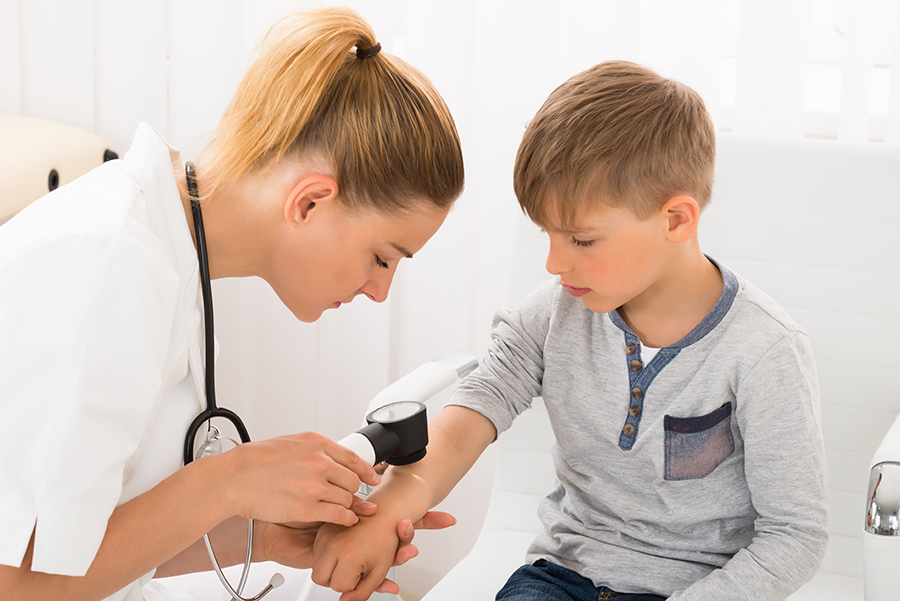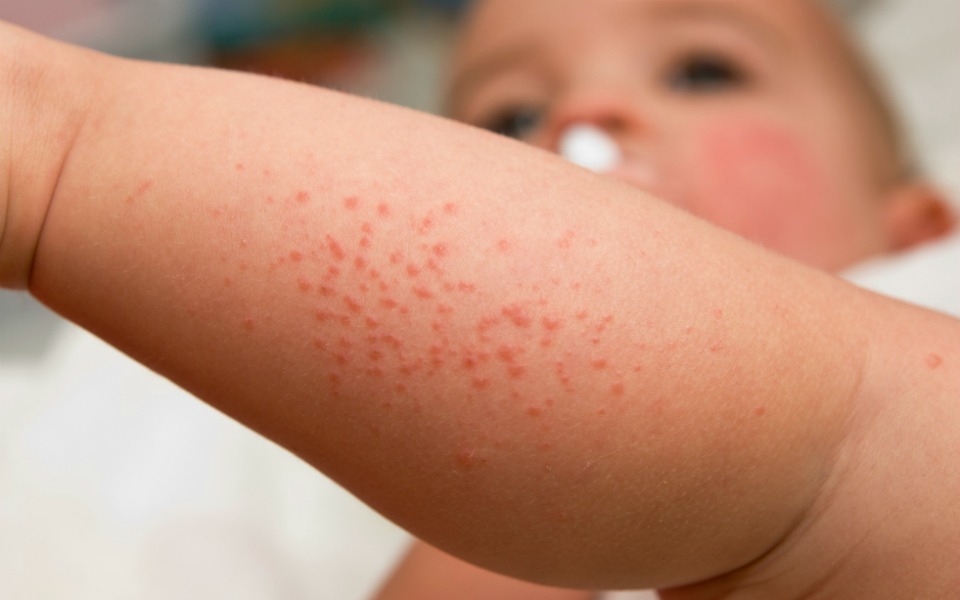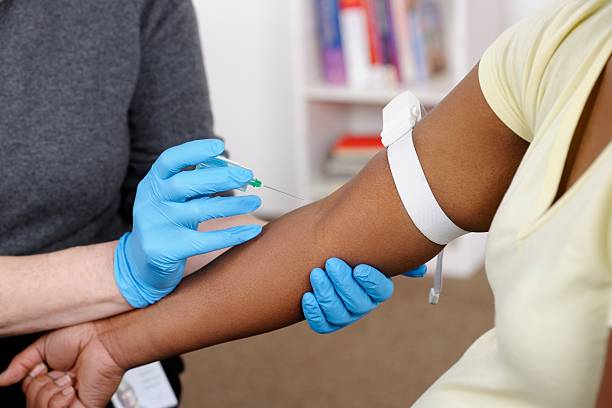Skin disorders can be defined as the conditions which affect our skin. It can range from rashes to inflammation to tissue damage. The causative factors can either be genetic or environmentally induced. Children are more prone to skin infections due to the following reasons :
- High skin sensitivity than adults
- An immature skin barrier
- Underdeveloped immune system
This leaves them vulnerable to skin irritants and environmental triggers.
Skin disorders can broadly be classified into 4 types-
- Fungal Infections
- Viral Skin Infections
- Viral Exanthems (Rashes)
- Parasitic Skin Infections
Fungal infections
Such infections appear when dormant fungus or fungal presence within the skin cells in moist areas of the body such as in-between toes, underarms, groin, neck, or diaper area gets activated. This can lead to itching, swelling, blistering or scaling. Sometimes these infections can spread to other areas, too. For instance, a rash on the finger can get transmitted to one’s scalp.
Tinea corporis: Ringworm or tinea corporis is a very common fungal skin infection seen in children. It is characterized by the appearance of small round or oval patches which are red and scaly. Eventually, the rings may get bigger, puffier, and inflamed.
Tinea versicolor: Tinea Versicolor or Pityriasis Versicolor is caused by an overgrowth of yeast on the skin. The causative fungus interferes with the skin’s normal pigmentation, producing small, discolored patches.
Viral Skin infections
As the name suggests, viral skin infections are caused by airborne, waterborne viruses residing in or coming in contact with the skin.
Chicken Pox: Often, the skin experiences painful boils or rashes that appear on the face, neck, or back, which gradually spreads all over the body. These then grow into fluid-filled blisters and eventually scabs. Chickenpox is caused by Varicella zoster and is usually treated with acetaminophens and antihistamines.
Roseola: Human herpesvirus 6 causes roseola. The affected child develops sudden bouts of fever followed by spotty pink rashes over the chest and stomach. It may or may not spread to the rest of the body but typically fades within 24 hours with proper medication. It is generally treated with acetaminophen.
Fifth or Slapped-cheek disease: This skin disease gets its name due to the typical bright red rash developing on the affected child’s cheeks. Parvovirus B19 is known to trigger this condition. The children may have slight or high-fever and facial rashes, which eventually result in lacy patterns across their arms and legs. Non-inflammatory anti-steroidal drugs or NSAIDs are administered in such cases.
Parasitic Skin Infection
These are heterogeneous categories of infectious diseases confined to the upper layer of skin, commonly known as the epidermis.
Scabies: Scabies occurs in children mainly due to mites burrowing into the skin and hatching eggs a few days later. The skin experiences intense itching followed by blood-red spots. It is highly contagious and can be spread by sharing beds, bathroom items, or clothes. Prescription creams and lotions, such as permethrin and lindane solutions, oral antihistamine medication or topical ointments are usually recommended to treat scabies effectively.
Lice: Another kind of common parasitic infection which can affect a child’s hair, body or pubis. Intense itching and rashes are the most common symptoms. Medications like permethrin, lindane or pyrethrin are used to get rid of lice and their eggs. SeekMed is a global telemedicine platform where you can be redirected after searching for a pediatric dermatologist or the best dermatologist in India. Connect with highly reputed medical institutions, hospitals, and award-winning doctors to ratify skin conditions and explore affordable treatment options for your child. Avail convenient and affordable e-consultations with a top pediatric dermatologist or the best dermatologist in India only on SeekMed to make an informed decision and improve your child’s skin health.



